Objectives of the service
Key User Problems:
-
Companies struggle to identify child labour violations hidden within complex supply chains
-
Manual monitoring is costly, infrequent, and often manipulated during scheduled audits
-
Violations damage brand reputation and violate international regulations
Masae’s Solution:
The platform provides a comprehensive monitoring system that uses satellite imagery and artificial intelligence (AI) to detect child labour in agricultural chains. The model powering the platform detects the signature of agricultural activities using space-based observations and combine this information with socio-economic indicators to produce a map of child labour risk and of associated variables.
Delivery Method:
Users access our cloud-based dashboard showing risk assessments of their supply chain locations. The system delivers:
-
Continuous monitoring of identified risk areas
-
Automated alerts
-
Evidence-based verification tools for compliance reporting
-
Integration with existing supplier management systems
Study Objectives:
This project will develop and test the monitoring platform in selected high-risk regions, such as cocoa farming areas, partnering with corporations and non-governmental organizations to improve detection accuracy and provide actionable intelligence for eliminating child labour from global supply chains.
Users and their needs
The primary users of the platform are:
-
Corporate sustainability and compliance teams in multinational corporations with agricultural and supply chains
-
Third-party certification bodies verifying ethical sourcing claims
-
Non-governmental organizations (NGOs) focused on child labour prevention
The current target for capabilities demonstration is cocoa farming in Western Africa (Ivory Coast and Ghana.)
The platform aims to satisfy the following users’ needs:
-
Continuous monitoring of supply chains beyond periodic audits
-
Evidence-based verification to meet regulatory requirements
-
Integration with existing supplier management systems
-
Actionable data for remediation efforts
The current challenges are:
-
Developing accurate detection algorithms
-
Derive robust indicators of child labour
-
Obtaining comprehensive ground truth data
Service/ system concept
The platform will provide the users with:
-
Quasi real-time risk mapping: Color-coded satellite imagery showing high-risk areas for child labour across supply chain locations
-
Child labour risk variables: a map of socio-economic variables associated with child labour at 1 km granularity
-
Evidence documentation: Time-stamped imagery and analysis reports for compliance verification
-
Supplier performance tracking: Improvement metrics allowing to evaluate the impact of remediation strategies
-
Mobile Field Verification: Tools for ground teams to prioritize sampling and verify satellite predictions
How the system works:
The platform works by collecting images of agricultural fields within a company’s supply chain. These images are analysed by artificial intelligence which then integrates them with socio-economic indicator to provide the risk of child labour. These socio-economic variables are also visualized, which will allow to follow and evaluate the impact of child labour remediation strategies.
System architecture:

The system has three components:
-
Data Collection: Regularly captures satellite imagery of monitored areas
-
Analysis Engine: Processes images using AI and combines them with socio-economic indicators to derive child labour risk
-
User Interface: Displays findings through an intuitive dashboard that allows users to investigate the risk of child labour in their supply chain
Space Added Value
Our platform primarily leverages Sentinel-2 satellite imagery from the European Space Agency's Copernicus program. These satellites provide high-resolution multispectral imagery with a 5-day revisit rate for consistent monitoring. The free and open data policy enables cost-effective deployment, while the wide spectral coverage allows detailed vegetation and activity pattern analysis across agricultural regions.
Traditional child labour monitoring relies on scheduled, announced audits that are easily manipulated. Our space-based approach transforms this paradigm through continuous oversight rather than annual inspections. Sentinel-2 imagery enables ongoing monitoring that cannot be tampered with by suppliers, unlike ground-based audits that can be staged. While competitors use limited sampling methods, our platform monitors entire supplier regions simultaneously.
Current Status

Developed a technical framework for:
-
Produce a cocoa plantation probability map for Ghana and Ivory Coast
-
So far, the map is obtained calibrating the model on data from a published study. We are in the process of obtaining ground truth data from one actor in the cocoa sector.
-
We have performed:
-
2 interviews with ILO (discussion about child labour indicators, priority sector to address),2 interviews with FAO (discussion about their interest in the product and existing alternatives such as DIGICHILD), 1 interview with UNICEF (discussion about potential interest in the product), 1 interview with International Cocoa Initiative (potential interest in the product) and 1 interview with the World Cocoa Organization (potential interest in the product)
-
We reviewed ILO methodology to derive a child labour risk index, and adapted it to our problem.
-
We kick started the collection of socio-economic datasets (delay due to USAID shutdown)
The next steps of the project are:
-
Interview with actor in the cocoa industry (explore interest in the product, obtain ground truth data)
-
Detect cocoa on real ground truth data
-
Implement of the methodology to derive child labour from socio-economic datasets
-
Implement platform prototype


